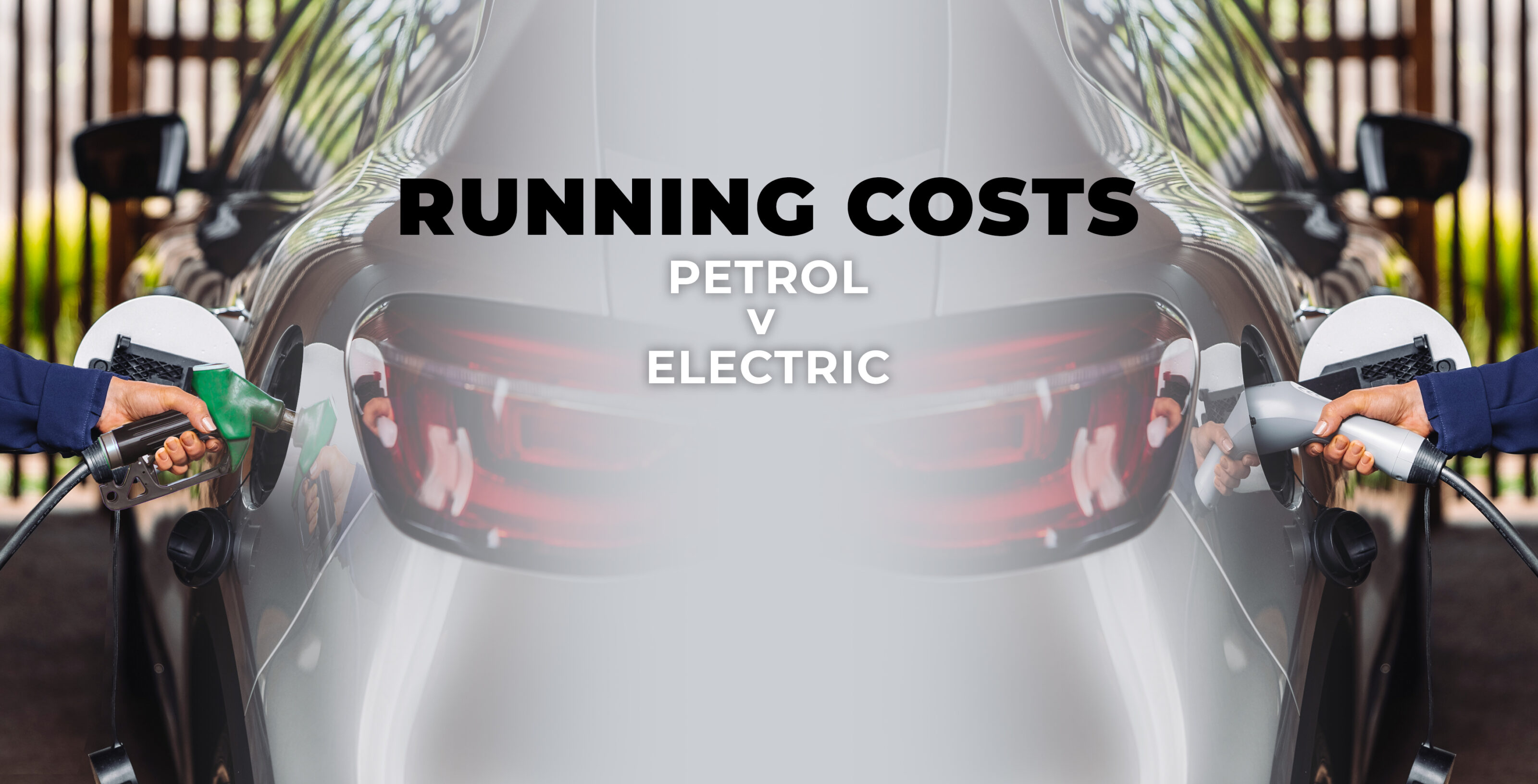
Global inflation, supply shortages and geopolitical tensions have seen fuel and electricity prices soar. Are electric vehicles the answer?
Snapshot
- EVs are inherently cheaper to run than ICE
- Significant savings when charging at home
- Select public charging stations can cost similar to fuel
Despite a generally higher purchase price tag, a key selling point of owning an EV is cheaper long-term ‘running costs’ – the electricity or fuel juice to keep a vehicle moving – compared to traditional internal combustion engine (ICE) vehicles.
Even with rising market costs, charging with electricity is still generally cheaper than pumping fuel – especially if you plug in at home (the ideal method) overnight and/or utilise solar energy.
However, prices can be significantly higher if you need to rely on public charging infrastructure – which can be unreliable at times and busy at some locations during peak holiday periods.
It’s also worth noting that EVs are currently subject to higher insurance premiums, and some car brands have set similar servicing prices and intervals for EVs compared to petrol- or diesel-powered models – despite significantly fewer moving parts on the former.
For a comprehensive total cost-of-ownership comparison, check out our guide below.
JUMP AHEAD
- ❗️ The assumptions
- ? EV v ICE: How do the running cost savings compare?
- ? Is it time to make the electric switch?
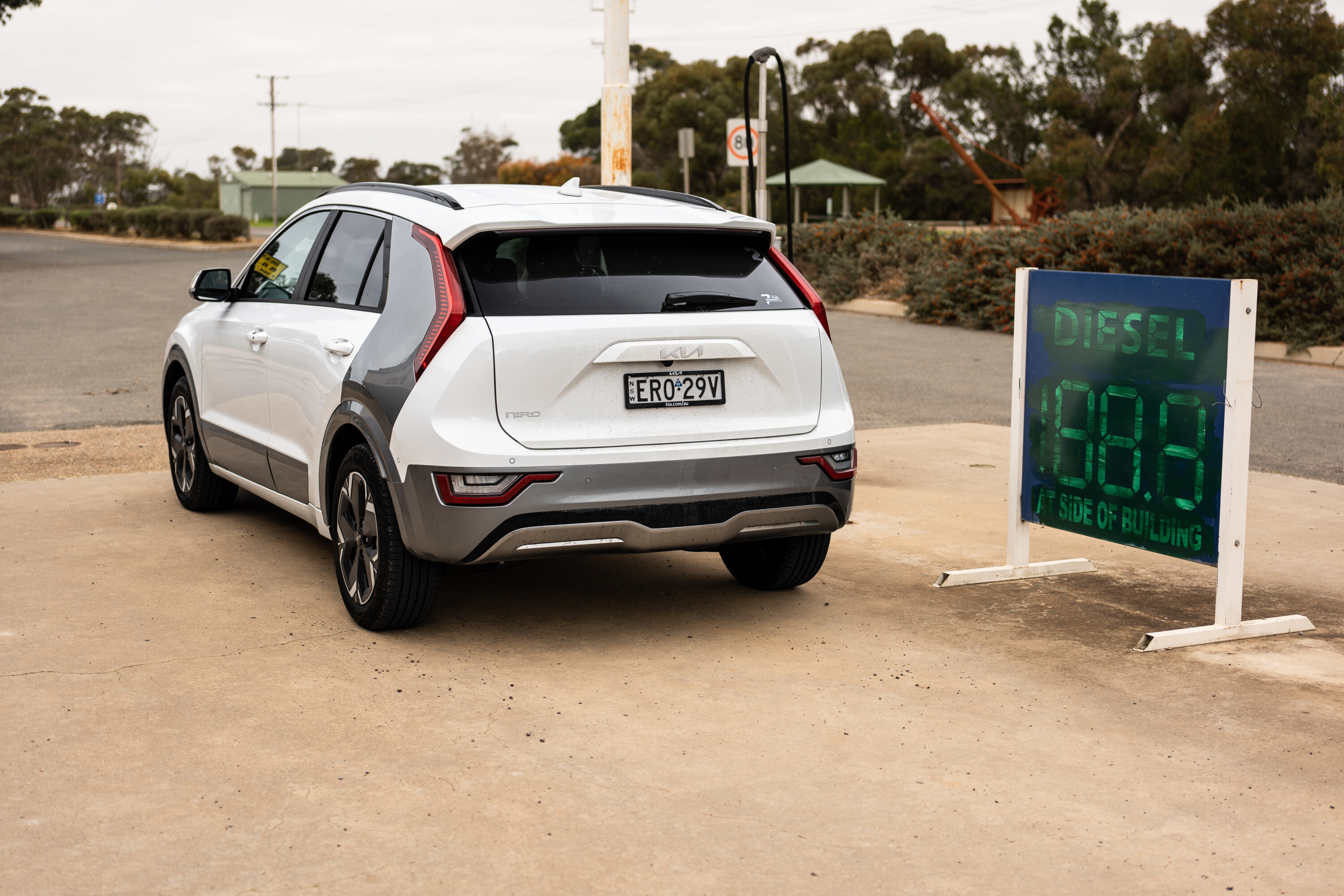
❗️ The assumptions
Firstly, let’s outline the assumptions in this story.
We’ll compare an electric model against the most equivalent petrol, petrol-hybrid or diesel model.
Our calculations are based on claimed energy efficiency for the EV (kWh/100km) and claimed fuel consumption figures (litres/100km), according to the stricter – but still conservative – combined WLTP testing cycle as quoted by each car manufacturer.
We’ll work to the Australian Bureau of Statistics’s data [↗] that highlights the average Australian drives around 12,100km per year (or 34km per day).
For EV charging, we’ll assume a full 0 to 100 per cent recharge (which is generally not recommended for lithium-ion battery types) – and does not account for potential charging losses, nor utilising any free solar energy generation at home.
Likewise, for refuelling, we’ll assume filling up from an empty to full tank.
? The assumed running cost rates
Our sums are based on the following electricity rates:
- Home off-peak overnight electricity tariff (general plan): $0.30 per kWh
- DC fast charging station (most common type): $0.50 per kWh
We also assume the following average fuel prices:
- 94RON E10 unleaded petrol: $2.00 per litre
- 95RON premium unleaded petrol: $2.10 per litre
- Diesel: $2.10 per litre
- 94RON E10 unleaded petrol: $2.00 per litre
- 95RON premium unleaded petrol: $2.10 per litre
- Diesel: $2.10 per litre
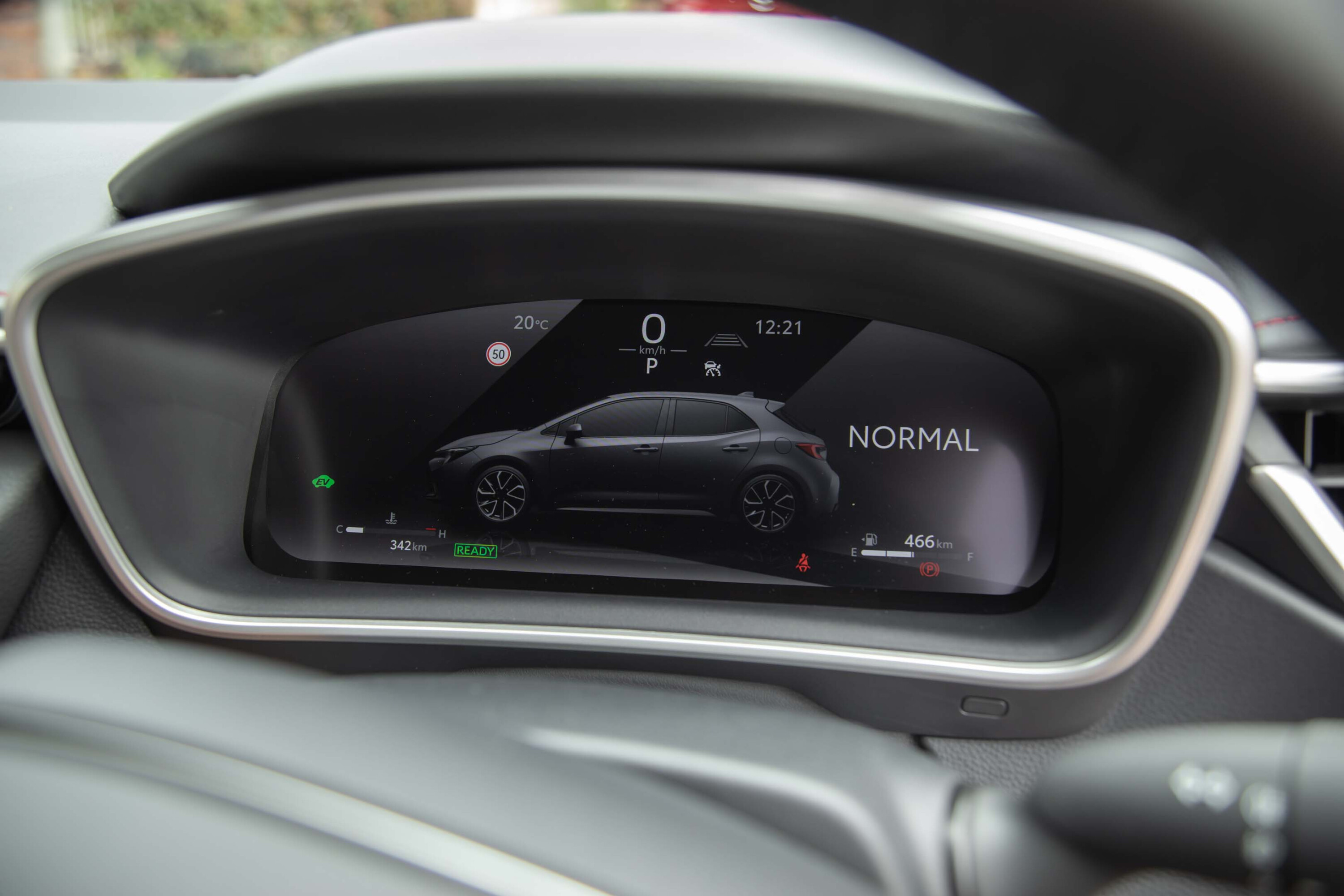
? EV v ICE: How do the running cost savings compare?
Figures in this story are a guide only – based on the aforementioned assumptions – and rounded to the nearest whole number.
Costs are subject to change depending on fluctuating electricity and fuel cycle prices.
MG 4 vs Toyota Corolla Hybrid
| MG 4 Excite 51 (home charging) | MG 4 Excite 51 (public charging) | Toyota Corolla ZR Hybrid hatch (94RON E10) | |
|---|---|---|---|
| Running cost/week | $10 | $17 | $27 |
| Running cost/year | $526 | $877 | $1428 |
The affordable MG 4 Excite 51 electric hatch is about $901 cheaper to run annually than the Toyota Corolla ZR Hybrid hatchback when charged at home.
If reliant on public charging infrastructure – which varies in cost rates depending on the network and station (we’ve assumed $0.50 per kWh as noted above) – the savings by going pure EV reduces to $551 per year.
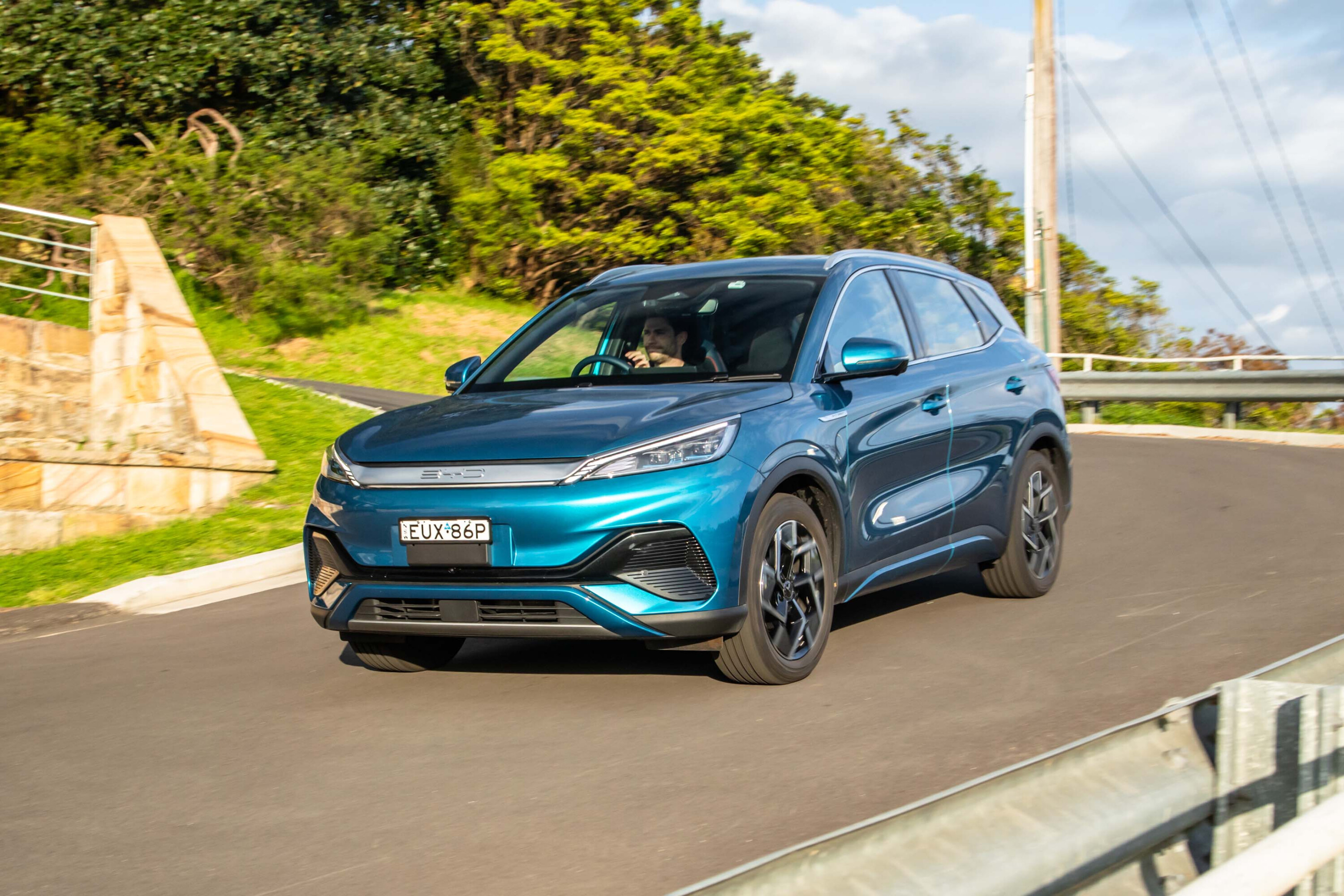
BYD Atto 3 vs Mazda CX-30
| BYD Atto 3 Standard Range (home charging) | BYD Atto 3 Standard Range (public charging) | Mazda CX-30 G25 Astina FWD (94RON E10) | |
|---|---|---|---|
| Running cost/week | $10 | $17 | $31 |
| Running cost/year | $526 | $877 | $1597 |
The popular BYD Atto 3 Standard Range small electric SUV would save owners around $1071 per year in home charging costs compared to the petrol-powered Mazda CX-30 G25 Astina in front-wheel drive guise.
However, those savings are limited to roughly $720 per year if solely using public charging stations.
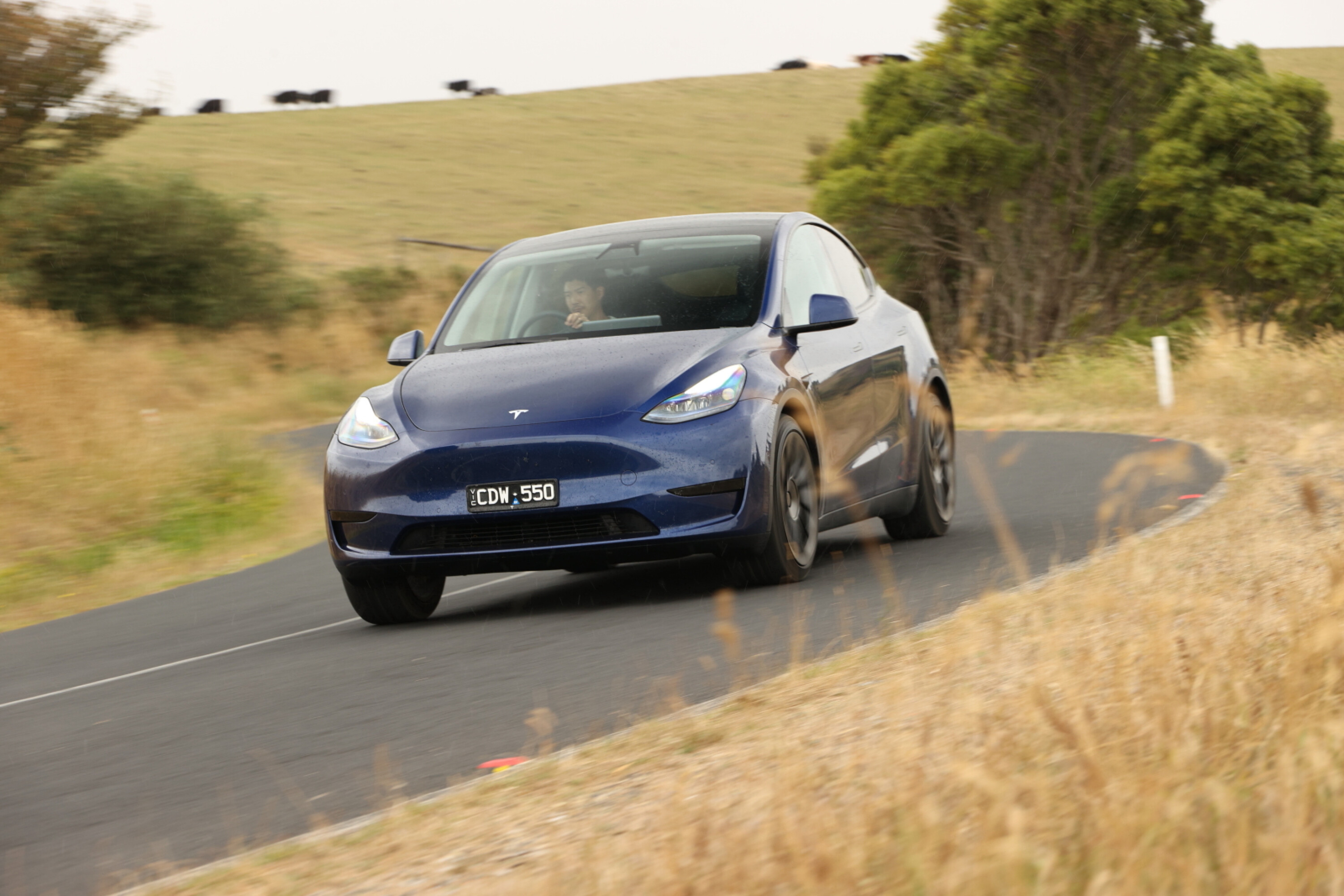
Tesla Model Y vs Audi Q5
| Tesla Model Y RWD (home charging)* | Tesla Model Y RWD (public charging)* | Audi Q5 35 TDI (diesel) | |
|---|---|---|---|
| Running cost/week | $9 | $15 | $23 |
| Running cost/year | $457 | $762 | $1220 |
| *Calculations for the Tesla Model Y are based on specs from EV Database, since Tesla does not disclose usable battery size. | |||
Australia’s favourite EV, the base Tesla Model Y rear-wheel drive (RWD), would save owners around $762 in charging costs annually than refuelling the diesel-run Audi Q5 35 – if plugged-in at home.
Otherwise, the Model Y medium electric SUV would save about $457 per year in public charging-only expenses.
This is where the fuel-efficient diesel SUV narrows the gap in running expenses compared to electric.
However, even though diesel doesn’t emit as much carbon dioxide (CO2) exhaust fumes as petrol, it is classified as a harmful carcinogen because it produces more local particulate matter and nitrogen oxides – hence the need for particulate filters.
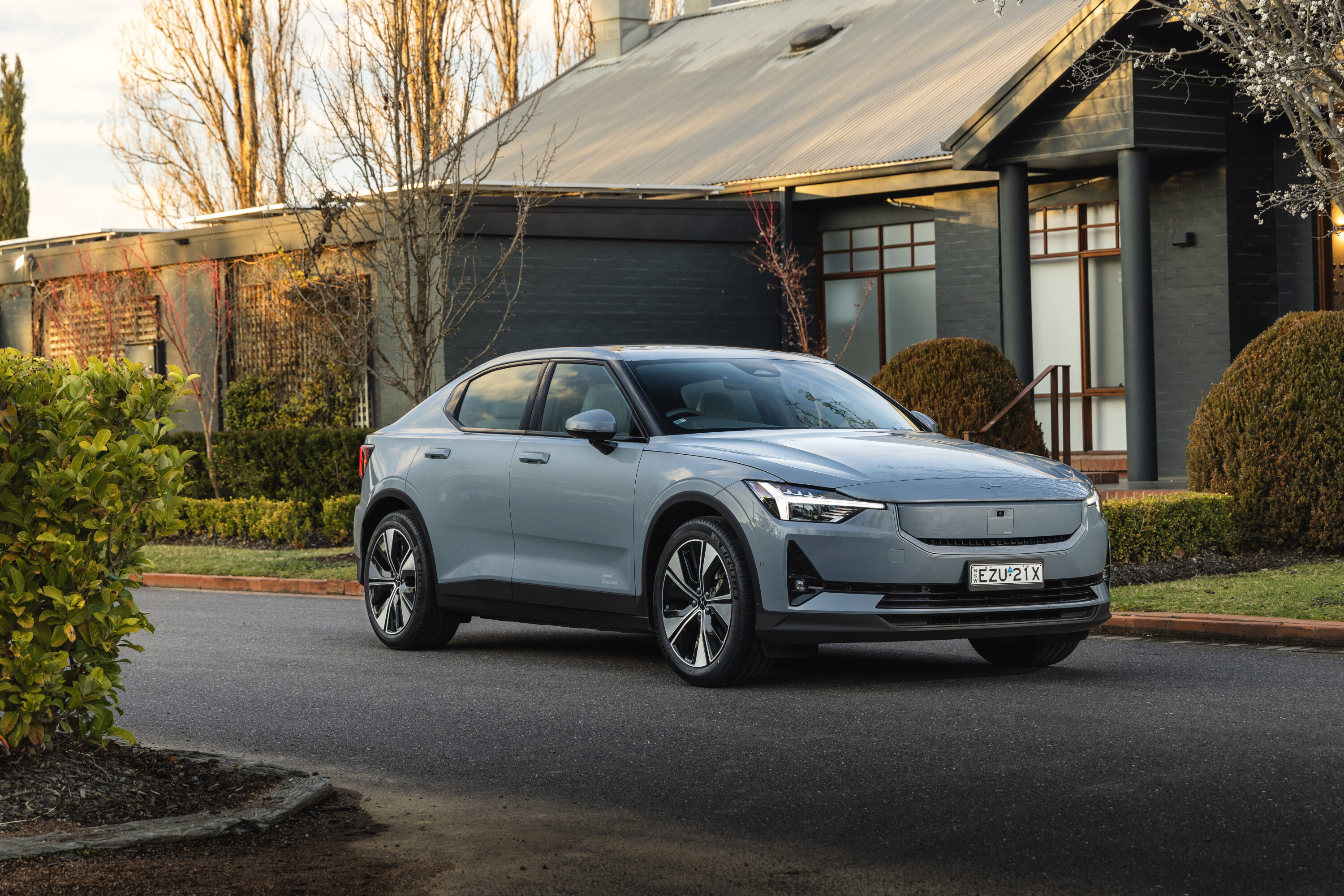
Polestar 2 vs Mercedes-Benz C-Class
| Polestar 2 SRSM (home charging) | Polestar 2 SRSMu00a0 (public charging) | Mercedes-Benz C200 (95RON premium) | |
|---|---|---|---|
| Running cost/week | $11 | $18 | $34 |
| Running cost/year | $577 | $962 | $1753 |
The Polestar 2 Standard Range Single Motor electric liftback can avoid roughly $1176 in running cost expenses per year versus the premium petrol-required Mercedes-Benz C200 sedan – when charging at home.
If dependent on public EV charging stations, those savings will reduce to around $791 annually.
It’s also worth noting that petrol-powered luxury medium sedans, including the Mercedes-Benz C-Class and BMW 3 Series, have significantly increased their entry prices in the past few years – resulting in comparable electric cars, such as the Polestar 2 liftback and Tesla Model 3 sedan, being substantially cheaper to buy.
Therefore, there’s essentially no need for reduced running costs to recoup the typical EV price premium – the savings start from signing the dotted line.
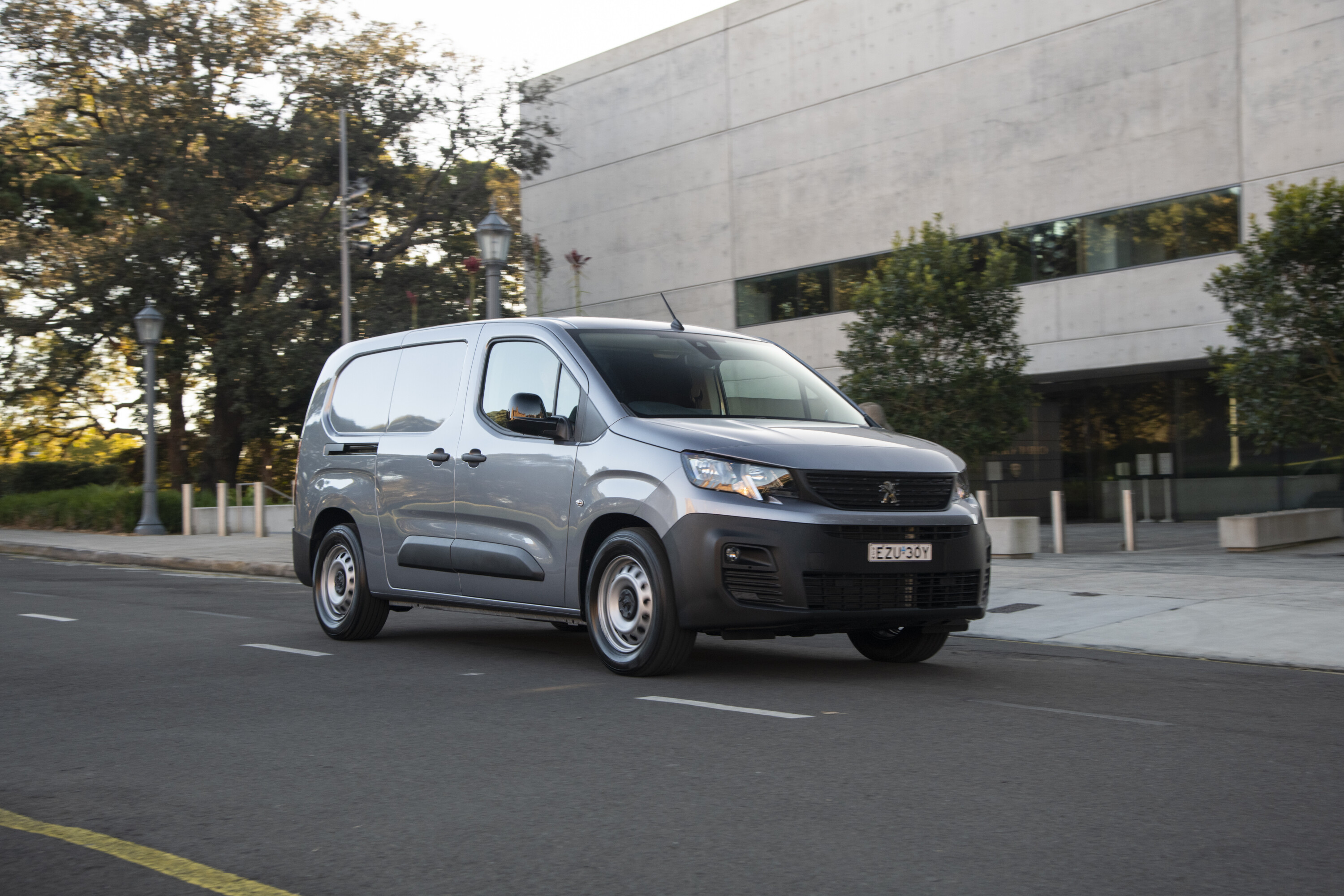
Peugeot E-Partner v Partner diesel
| Peugeot E-Partner (home charging) | Peugeot E-Partneru00a0 (public charging) | Peugeot Partner Pro LWB (diesel) | |
|---|---|---|---|
| Running cost/week | $12 | $21 | $29 |
| Running cost/year | $650 | $1083 | $1499 |
The Peugeot E-Partner electric commercial van would be about $849 cheaper to run annually when charged at home than the equivalent diesel-engined Partner Pro long wheelbase.
When only using public EV charging infrastructure – which is not typical for commercial drivers – the savings would account to roughly $416 per year.
For larger business fleets, the ideal would be plugging in when the electric cargo van is stationary at its dock during the day or overnight. Charging would even be free when plugged-in during the former, if there’s a solar panel array installed.
Keep in mind that our sums are based on a standard residential home electricity tariff and are based on claimed energy and fuel consumption ratings when the vans are unladen. Expect the need for charging and refuelling respectively to increase with heavier loads.
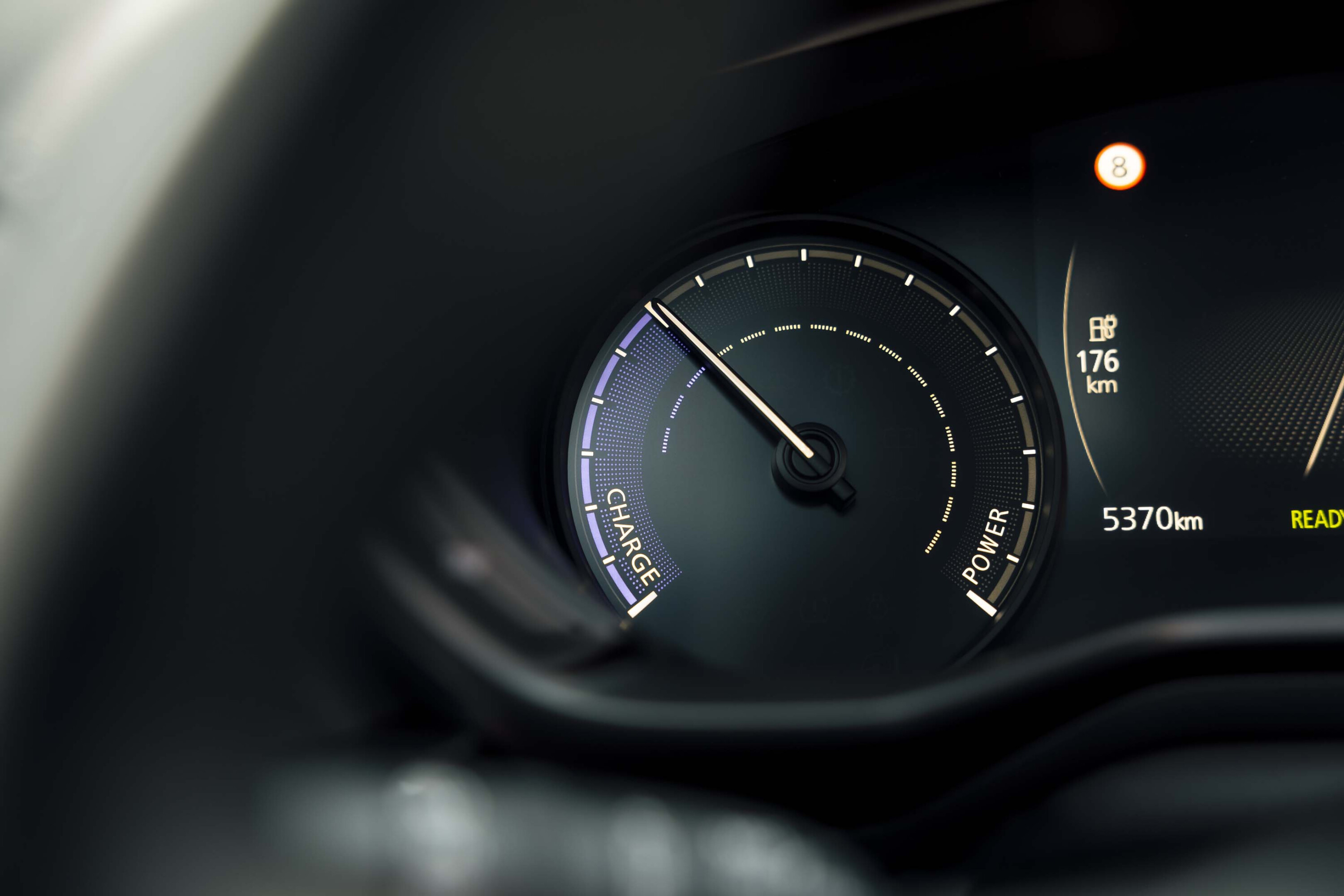
? Is it time to make the electric switch?
The sums from the few electric car models in this story demonstrates that, despite rising electricity and fuel costs, they are inherently cheaper to power from day one.
That’s provided you don’t choose some pricier public chargers, including non-Tesla EV models using Tesla Superchargers without a subscription.
The savings for avoiding constantly fluctuating fuel pump prices over time will eventually recoup the EV price premium (if there is one), which would ‘break even’ quicker if you drive longer distances and recharge more often – especially at home.
EVs are not for everyone (for now).
But, it is the quieter, simpler and local emissions-free form of transportation to get from A to B.
The initial price hurdle, driving range, depreciation, sustainability, battery longevity, and safety remain key perceived and valid issues. For more, check out the links below.
We recommend
-
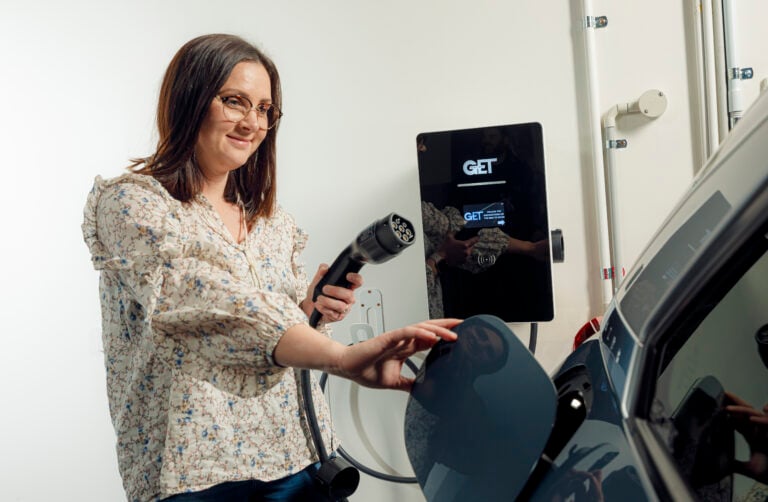 Advice
AdviceEV Charging Explained: Home & public charging, speed & plugs
Sponsored by GET Electric, this is a go-to guide to understand charging an EV at home or on the road
-
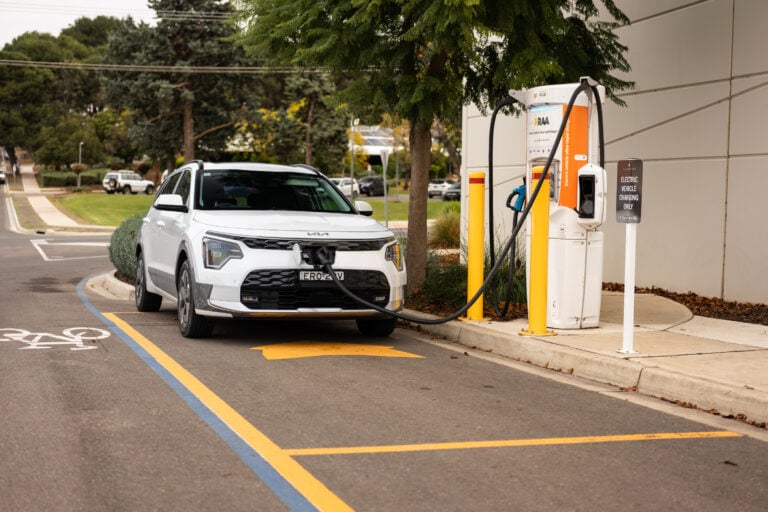 Advice
AdviceWhy are EV chargers unreliable?
Faulty public EV charging stations have been the angst for many critics in the media. Here’s why and what’s being done
-
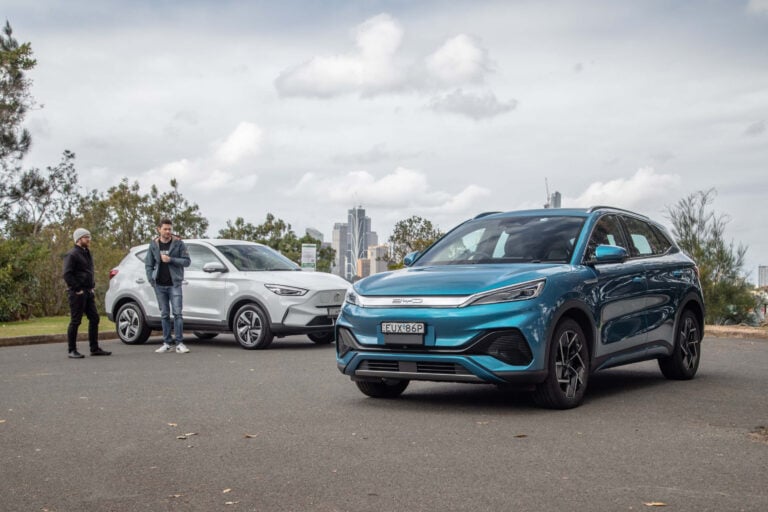 Advice
AdviceIs it time to buy an electric car? Crunching the numbers!
Is the tide turning for EVs? We've crunched the numbers on how much you could save by making the electric switch




